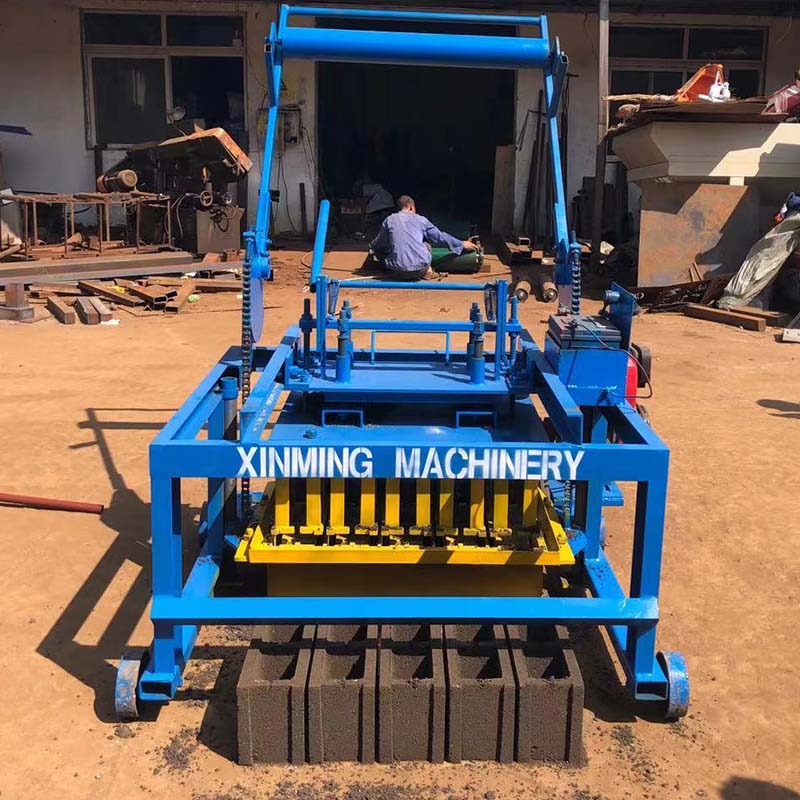
Image source:Aiwei block machine
Introduction
The global housing crisis is an escalating concern, particularly in developing nations like India and Nigeria, where rapid population growth and urbanization are driving an increased demand for affordable housing. This article explores the critical role that hollow block machines play in addressing this housing deficit. Drawing from case studies in India and Nigeria, we will examine how these machines are transforming construction practices, improving affordability, and bolstering local construction industries, ultimately contributing to the goal of providing adequate housing for all.
1. The Affordable Housing Challenge
Affordable housing shortages are a universal problem, but the situation is particularly dire in countries with large and rapidly growing populations, such as India and Nigeria.
2. The Innovation of Hollow Block Machines
Hollow block machines have emerged as a game-changing technology in the construction industry, offering an efficient and sustainable solution to the affordable housing challenge.
3. Case Study 1: India
Affordable Housing Initiatives: India has made significant strides in addressing affordable housing needs, largely propelled by the use of hollow block machines. Government programs like “Pradhan Mantri Awas Yojana” have accelerated the construction of affordable homes.
Local Manufacturing: India’s robust hollow block machine manufacturing industry has helped lower machine prices. Local production reduces import costs, making the technology more accessible.
4. Case Study 2: Nigeria
Addressing Housing Shortages: Nigeria faces a severe housing deficit, and hollow block machines are playing a pivotal role in bridging this gap. They enable the rapid construction of cost-effective housing units.
Empowering the Local Workforce: The use of hollow block machines has also created employment opportunities for local artisans and skilled workers, contributing to economic development.
5. Impact on Construction Practices
Speed and Efficiency: Hollow block machines significantly expedite construction projects, reducing labor and time costs. They enable the construction of more housing units within shorter timeframes.
Sustainability: Hollow concrete blocks are environmentally friendly, requiring fewer raw materials. This aligns with global sustainability goals and promotes eco-friendly construction practices.
6. The Economic Aspect
Affordability: The production of hollow concrete blocks using these machines leads to cost savings, making housing more affordable for the average citizen.
Local Industry Growth: The adoption of this technology has bolstered the local construction industry. Manufacturers, suppliers, and skilled workers all benefit from increased demand for hollow block construction.
7. Government Policies and Support
Incentives: Governments in India and Nigeria have introduced incentives and subsidies to encourage the use of hollow block machines in affordable housing projects.
Regulations: Stringent quality standards and building codes ensure that the technology is used safely and efficiently.
8. Challenges and Future Prospects
Infrastructure Development: Adequate infrastructure, including power supply and transportation networks, is crucial to support the widespread adoption of hollow block machines.
Skills Development: Continuous training and skill development programs are needed to ensure that local laborers can maximize the potential of this technology.
Conclusion
Hollow block machines are a beacon of hope in the quest for affordable housing in India and Nigeria. Their pivotal role in revolutionizing construction practices, improving affordability, and boosting local industries cannot be overstated. Through the case studies of these two nations, we witness firsthand how innovation in construction technology is reshaping the landscape of affordable housing, offering a promising future for millions of people in need of adequate shelter. Hollow block machines are not just building materials; they are tools of empowerment, agents of change, and harbingers of a more equitable future.
